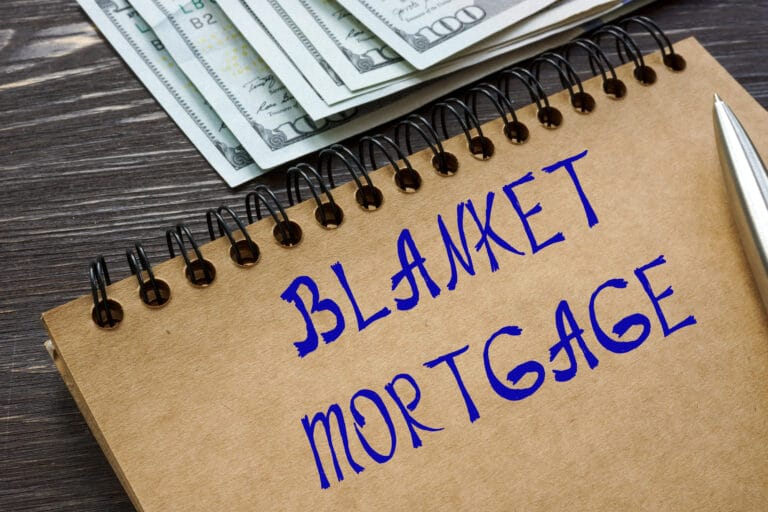
What Is the Definition of Blanket Mortgage and How Does It Work?
The term “blanket mortgage” refers to a single loan that covers two or more properties. The real estate is used as security for the mortgage, but individual sections of the real estate can be sold without having to pay off the entire loan.
Rather than taking out different mortgages, blanket mortgages make it easier to secure finance for various properties.
The Federal Housing Finance Agency recently revealed the 2021 mortgage ceiling for conforming conventional and VA loans.
If you’re looking for a mortgage, whether to buy or refinance, the rest of this piece will explain what this entails.
TAKEAWAYS IMPORTANT
- A blanket mortgage refers to a single loan that covers two or more properties.
- The properties are held together as collateral, but they can be sold individually without paying out the entire mortgage.
- Developers, real estate investors, and flippers frequently employ blanket mortgages.
- A blanket mortgage has several advantages, one of which is that it allows the borrower to have more cash on hand—for example, a property owner can avoid the fees of applying for and closing multiple mortgages.
- One disadvantage of blanket mortgages is that they have higher average expenses than standard mortgages.
For Whom Are Blanket Mortgages Intended?
A blanket mortgage is a wonderful option for developers, real estate investors, and flippers who want to fund the purchase of many properties. Blanket mortgages, also known as blanket loans, are used to pay the costs of purchasing and developing land that will be subdivided into individual lots by the borrower. Borrowers frequently purchase properties as part of a larger acquisition that they plan to sell in pieces.
Flippers, for example, may seek blanket mortgages as a method to act swiftly and capitalize on market possibilities. If the investor has a number of properties they wish to buy, renovate, and resell, a blanket mortgage may provide additional flexibility.
The financing terms may enable for home resale as new buyers come forward one by one. Depending on the loan’s terms, it may or may not be necessary to refinance the blanket mortgage.
Blanket mortgages are available to businesses who want to own and operate numerous sites. This could apply to commercial or residential real estate developers who invest in apartment projects or multifamily houses.
A release clause is included in most blanket mortgages. This clause relieves the borrower of the need to repay the portion of the loan that has already been paid. As a result, if the borrower sells a piece of property covered by the loan, the cash might be used to buy another property.
This is typical among land developers who build and sell new homes. Instead of paying off the loan, the developers can utilize the money to buy fresh plots of land once the residences are sold to the general public.
The Benefits and Drawbacks of a Blanket Mortgage
Blanket Mortgages: A Win-Win
A blanket mortgage allows the borrower to retain more cash on hand. A homeowner can save money by not having to apply for and close multiple mortgages. It saves the property owner money by not having to pay different fees for each property.
The aggregate blanket mortgage could potentially take advantage of lower interest rates or just be negotiated to provide better conditions than paying off multiple loans separately. If the size of monthly payments is reduced, this could free up more funds, allowing them to buy more property.
Blanket Mortgages Have Drawbacks
Drawbacks are easy on this funding type. It may hurt you on the road. But it can take you somewhere profitable.
The loan’s terms are also frequently different from those of standard mortgage loans. The borrower may be required to make a balloon payment by the lender. In that instance, they may be required to repay the entire debt within a particular time frame.
If an owner defaults on one property, the consequences may extend beyond that property. In fact, it might set off a chain reaction that allows the lender to seize control of all of the properties covered by the loan.